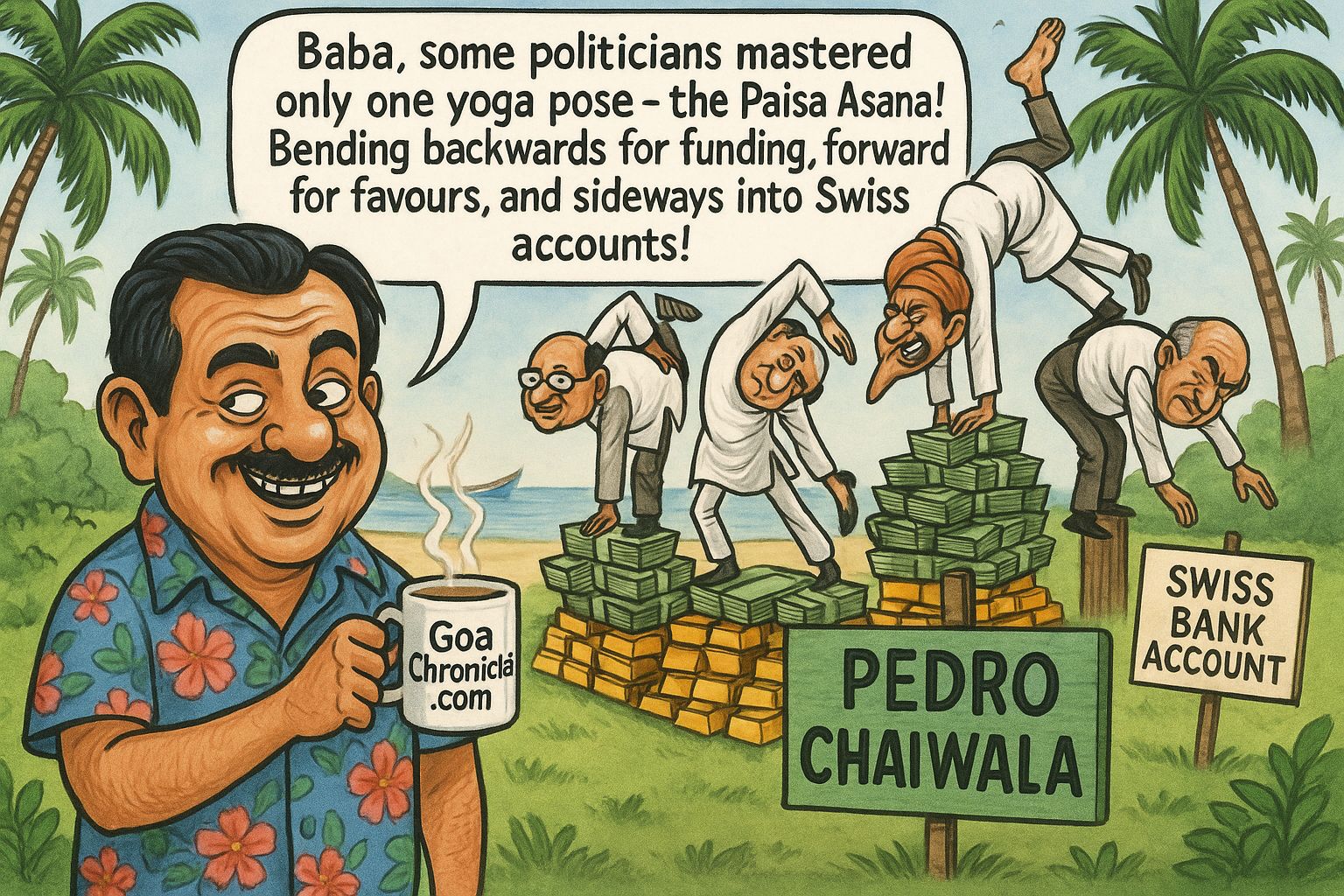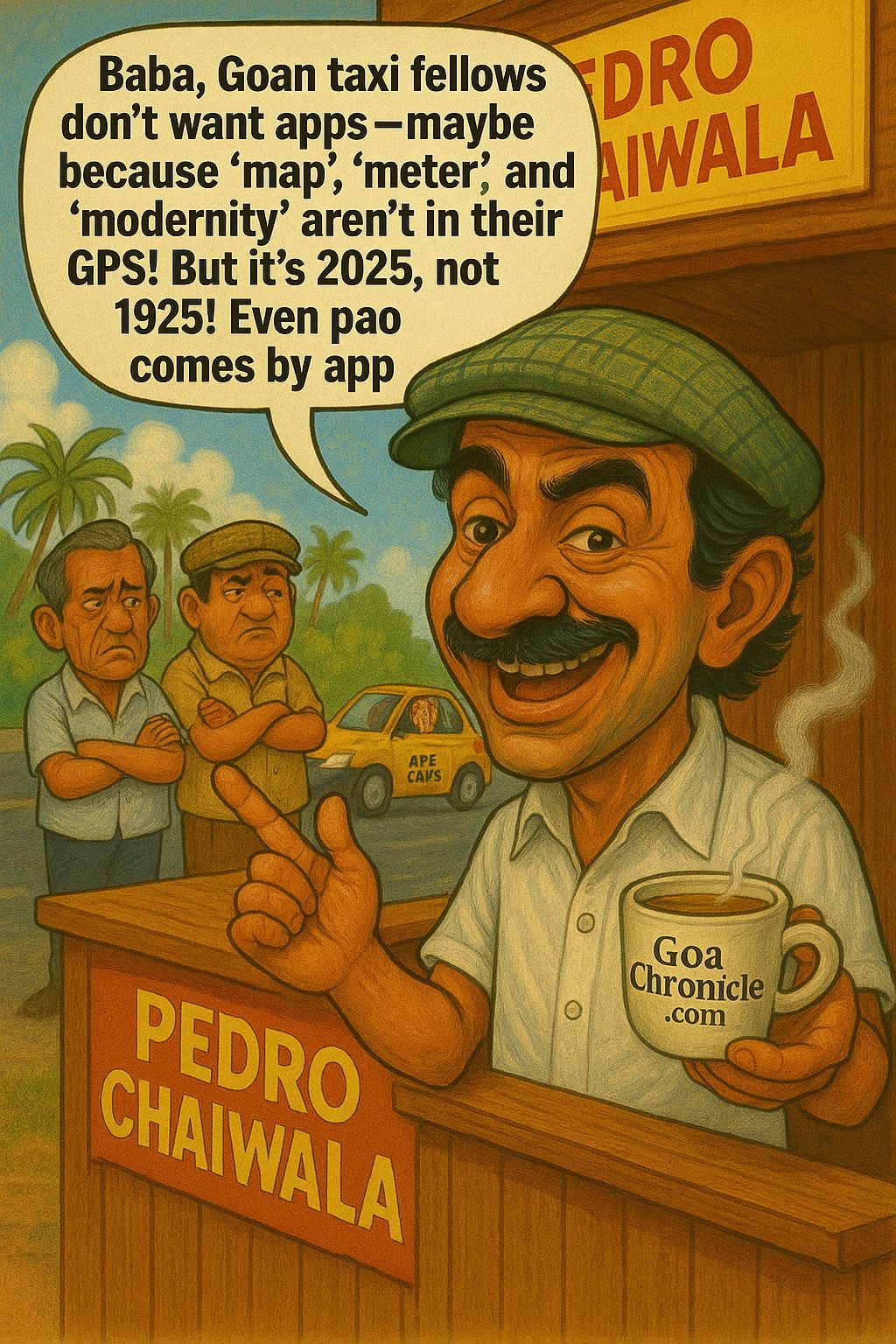Politics is often compared to chess—a game of strategy, foresight, and deliberate positioning. Every piece on the board has a unique role, and the most skilled players understand when to attack, when to retreat, and when to preserve their strongest pieces for a future checkmate. The political conversation around K. Annamalai’s current status in Tamil Nadu reflects a limited understanding of this strategic play. Contrary to some narratives, Annamalai has not been sacrificed. He has simply been repositioned.
Annamalai is not a pawn, nor a spent force. He is the knight—an unconventional, unpredictable, and powerful piece in the BJP’s Tamil Nadu strategy. The BJP, a party that has grown from strength to strength through calculated risk and aggressive long-term planning, is not in the business of sacrificing talent. It is in the business of maximizing utility. The decision to recalibrate Annamalai’s role is not a sign of weakness—it is a signal of what’s to come.
The language of chess helps decode this move. Sometimes in a game, you lead an aggressive charge with the bishop—a piece that thrives in open battles, sweeping diagonals, and fast-paced exchanges. Bishops are elegant, commanding attention and taking territory. But they are often used to create space and force reactions. In contrast, knights are best held in reserve. Their greatest strength lies in their unpredictability and their ability to maneuver around obstacles. In closed games, or in the endgame when the board is tight and every move counts, knights can deliver lethal blows that bishops cannot.
Annamalai, with his fiery speeches, grassroots activism, and bold positioning, may have appeared to some as the bishop—leading the charge. But in truth, he is the knight being prepared for the decisive moment. His appeal cuts across age groups, especially the youth. He speaks the language of transformation and conviction. While he may be temporarily out of the electoral spotlight, he is very much on the board—and far from being checkmated.
The BJP is playing the long game in Tamil Nadu. Its target is clear: 126. That’s the number the party needs to secure to create a tectonic shift in the state’s political power balance. It is not an easy number. Tamil Nadu’s political landscape has long been dominated by the Dravidian parties. But times are changing. The political narrative is no longer driven solely by identity politics or historical legacies. A new generation of voters is emerging—one that is aspirational, informed, and increasingly looking for fresh leadership. The BJP knows this. And in Annamalai, they see the potential to tap into this shift.
Critics may argue that stepping back now shows a loss of momentum. But that’s a misread of the board. Sometimes, in chess, you feint. You lure the opponent into thinking a piece has been sidelined, only to bring it back into the center with devastating impact. The BJP’s current moves in Tamil Nadu are not about now—they’re about the setup. The pawns are moving. The bishops have done their job. And the knight waits.
On this board, the AIADMK plays the role of the rook—a piece that moves in straight, forceful lines. Strong and traditional, rooks dominate files and ranks. AIADMK has long been a dominant force in Tamil Nadu politics, commanding both structure and support. But its movements are linear and expected. It lacks the flexibility and surprise of the knight. And that is where the BJP’s play becomes fascinating.
By not challenging AIADMK head-on in every front, the BJP is allowing the rook its space—for now. The real game is not about replacing the rook, but outmaneuvering it at the critical juncture. The BJP knows that capturing Tamil Nadu is not a sprint—it is a marathon with carefully timed surges. In that light, alliances, recalibrations, and reassignments are all part of the path to 126.
Annamalai represents something rare in Tamil Nadu politics—a leader who speaks with clarity, vision, and without the baggage of legacy politics. He may not be in the center of today’s skirmish, but that’s because the BJP is preserving his credibility and presence for a more significant push. When the time comes for ideological clarity, for aggressive expansion, and for countering both Dravidian legacy and Opposition’s ambiguity, Annamalai will return—not as a campaigner, but as a game-changer.
Political analysts often look for signs in the short term and miss the broader patterns. The BJP has been steadily expanding its southern footprint. From Karnataka to Telangana, it has made inroads that were once thought impossible. Tamil Nadu is the next frontier. And like any seasoned player, the BJP knows you don’t win the game by rushing. You win by calculating each move, setting traps, and then unleashing your strongest pieces when the board opens up.
Annamalai is that piece. Not sacrificed. Not shelved. Just waiting in the wings—like a knight ready to strike when the board is ready and the king is exposed.
So, let no one misread this as an exit. It’s an evolution. The BJP is playing to win. And when the final moves are made, don’t be surprised if it’s Annamalai who delivers the checkmate.































